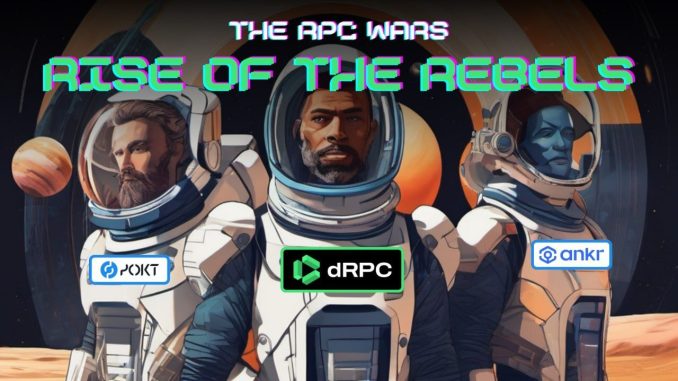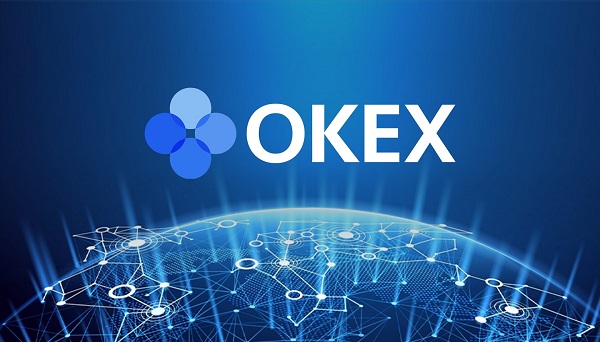
For most of its history, the Web3 infrastructure space has been dominated by centralized RPC providers, namely Alchemy and Infura.
Developers relied heavily on these centralized players, often without considering the potential risks associated with such a centralized approach. Despite the buzzword of “decentralization,” the transition to alternative solutions has been slow. However, the landscape has started to change since 2022, challenging the established preferences of developers.
The Importance of Reliability in Evaluating RPC Infrastructure
When evaluating RPC infrastructure, developers consider various attributes that contribute to the overall reliability and efficiency of their applications. The three key attributes commonly assessed are price, latency, and reliability. Among these, reliability emerges as the most critical factor, which explains developers’ inclination towards established and proven RPC providers.
While occasional outages and high prices have been a concern in the past, developers were generally willing to continue using these services, especially during the bullish market. However, the bear market and the proliferation of Layer 2 solutions, appchains, and sidechains have compelled developers to seek alternatives.
Centralized vs. Distributed RPC Providers: Coverage and Cost
Centralized providers have shown poor coverage when it comes to supporting new chains. Both Alchemy and Infura support only 9 chains, whereas providers like Ankr, dRPC, and POKT offer support for 30-50 chains each and are constantly expanding their coverage. This trend has led more dApps to opt for distributed RPC services, even for well-known chains like Ethereum, Optimism, and Arbitrum, reducing their costs by 2-3 times.
The Crucial Factor: Reliability in Distributed RPC Services
Distributed RPC services tackle the challenge of reliability through different approaches. Ankr relies on its own nodes distributed across multiple data centres, coupled with a select pool of providers, ensuring high quality and reliability albeit at a higher cost. On the other hand, dRPC operates without its own nodes, relying solely on a permissioned pool of trusted providers and AI-based routing algorithms.
This approach guarantees quality, reliability, and competitive pricing, but may limit geographical distribution, as the connected providers may not cover every city in the world. In the next protocol version, dRPC aims to address this issue by integrating more quality checks and opening a pool for new providers.
POKT, another distributed RPC provider, relies on a permissionless pool of providers, offering excellent pricing and potentially better geographic coverage. Although concerns about quality and reliability exist, POKT has implemented staking and slashing mechanisms based on their token to incentivize providers to maintain node quality.
The Quest for the Ideal RPC Service
The market offers various approaches to address the challenge of reliability in RPC services, each solving the issue from different angles. Only time will reveal the best approach that effectively covers all three key attributes of an ideal RPC service. As we embrace a multichain environment today and anticipate the emergence of more successful blockchains in the future, it is crucial not to miss the opportunity and choose an RPC service that caters to all your needs.
About the Author
Constantine Zaitzev is the CEO of dRPC.org. He has been fully committed to the blockchain space since 2015, successfully growing and helping grow several infrastructure solutions. His work at P2P Staking was crucial in its rapid growth into one of the biggest staking providers in web3 today. His understanding and practical experience in the RPC industry sets him as a top global expert in the space. Follow him on X.
Startup Program
Join to dRPC.org program and get 6 months of lightning-fast nodes for FREE.
Discover more about dRPC: Web – Twitter – Discord – Blog
The post RPC Wars: The Rise of the Rebels – dRPC, Ankr, and POKT appeared first on BeInCrypto.





Be the first to comment